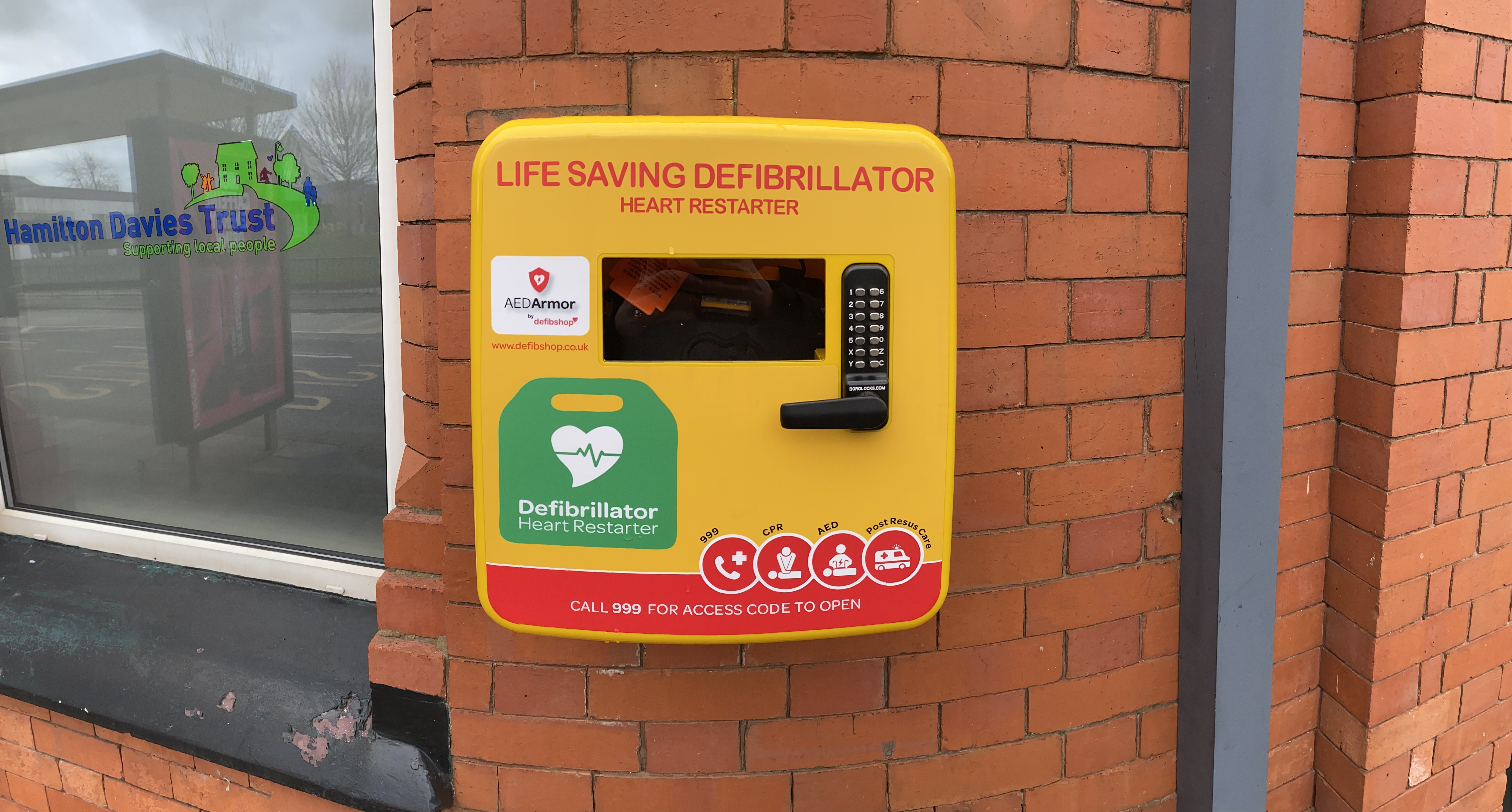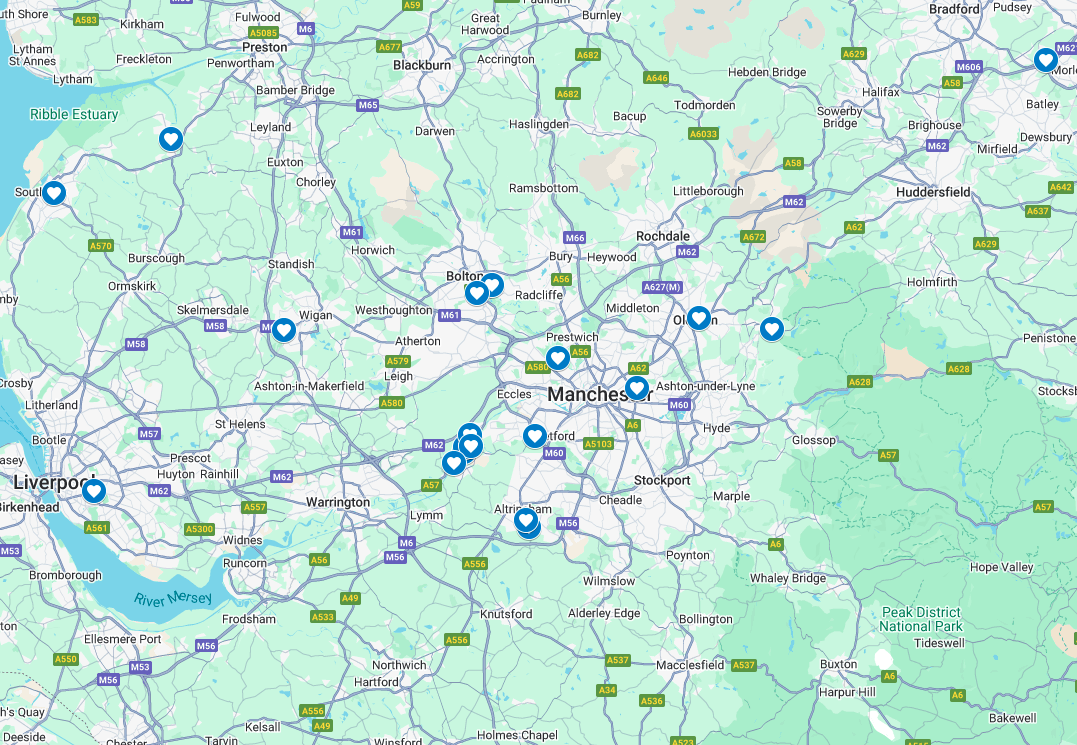A Lack of Defibrillators in Public Spaces

Sudden cardiac arrest (SCA) is a leading cause of death in the UK. Approximately 30,000 out-of-hospital cardiac arrests occur each year in the UK, 20% of which happen in public spaces.
Every second counts when treating cardiac arrest. For every minute that passes following the collapse, the patient’s chance of survival decreases by 10%.
Despite the shocking statistics, the placement of life-saving defibrillators in public spaces is not a legal requirement.
What Is an SCA?
A sudden cardiac arrest is when electrical impulses that control the heart send it into ventricular fibrillation. This prevents the heart from pumping blood to the victim’s essential organs and causes the body to collapse. The body becomes starved of oxygen without proper blood flow.
Without immediate treatment, organs such as the brain become damaged and die. The chance of survival is made impossible without immediate CPR and defibrillation.
How Is an SCA Treated?
CPR and defibrillation is the only definitive treatment for sudden cardiac arrest. Effective CPR is needed to maintain blood flow around the body. Compressing the heart at regular intervals encourages blood to be pushed around the body.
A defibrillator is needed to shock the heard back into a normal rhythm. A defibrillator works by assessing the patient’s heart rhythm to determine whether a shock is needed.
How Many People Survive SCAs?
Just one in 10 victims are thought to survive an out-of-hospital cardiac arrest in the UK. Survival rates in the UK are poor compared to other countries. Nordic countries invest more money into their healthcare system. Immediate treatment is often reliant on bystander intervention. In the UK, just 22% of people would feel confident enough to perform CPR on a stranger.
What Can Be Done?
There is an urgent need for an increase in the availability of defibrillators, as well as people trained in their use to increase cardiac arrest survival statistics.
If a defibrillator is used in conjunction with effective CPR within the first 3-5 minutes of a cardiac arrest, the victim’s chance of survival increases from 6% to 74%.
Make Sure You’ve Got Life-Saving Equipment to Hand
It is important to familiarise yourself with your nearest defibrillator and ensure it is clearly visible for access in an emergency.
defibshop are committed to equipping everyone with the skills and knowledge to save a life. Speak to one of our Product Specialists on 0161 776 7422 or fill out our Contact Form.
Photo by Ichigo121212 on Pixabay












